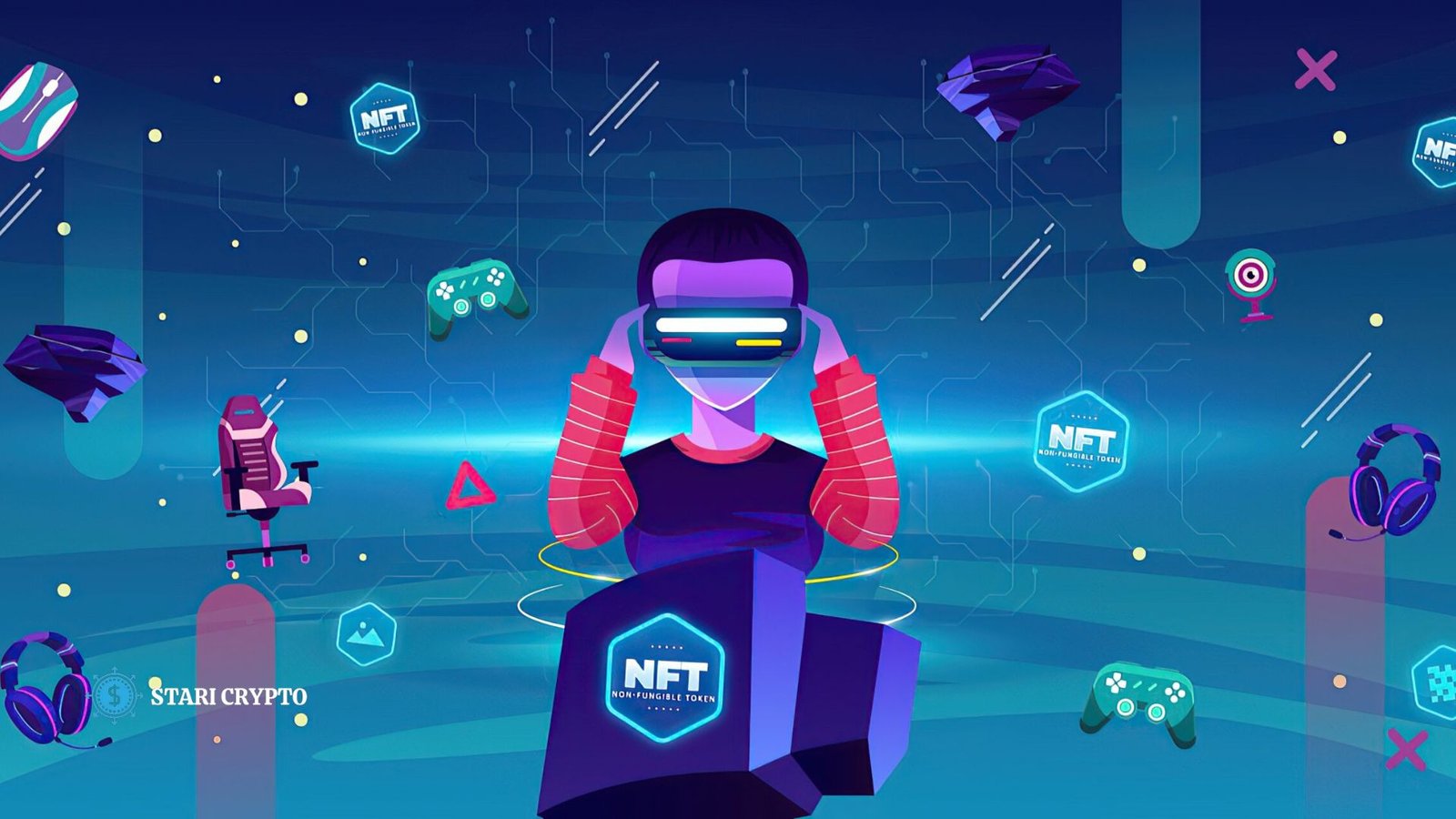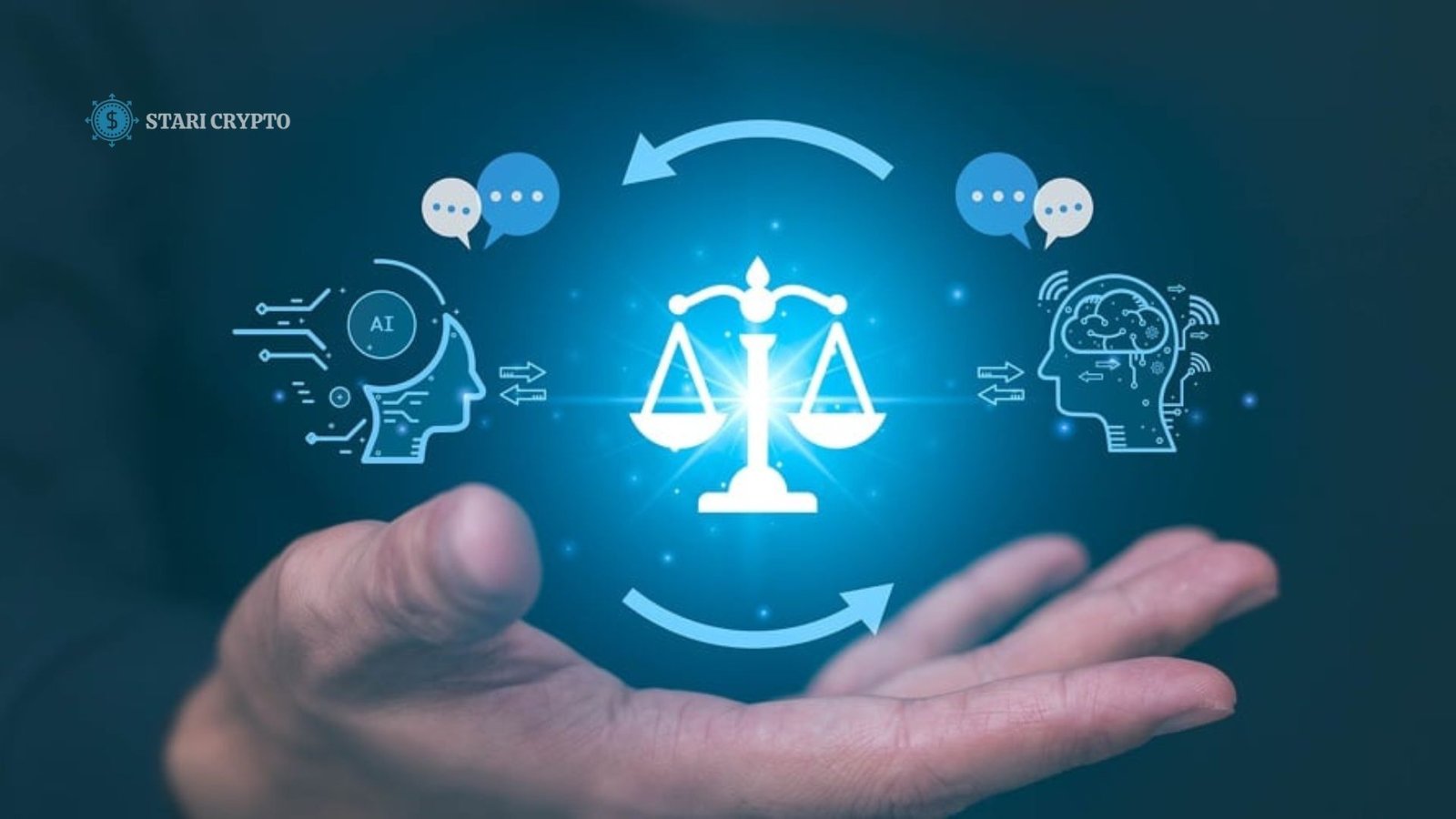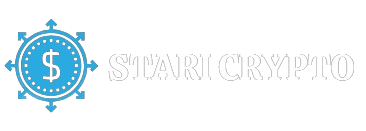NFT Market Trends: One of the most intriguing developments in the digital asset industry is the Non-Fungible Token (NFT) market. We no longer see digital ownership, innovation, and value in the same way as we did before NFTs came to light in 2020. Built on blockchain technology, these one-of-a-kind digital assets guarantee their validity and rarity. They can symbolize anything from virtual real estate and in-game objects to artwork and music. Researching the trends influencing the NFT market’s trajectory is crucial since the industry undergoes continuous change.
Integration of NFTs in Gaming
In addition, NFT integration is becoming more common in the gaming business. Artists in the gaming industry are starting to see the possibilities of NFTs in designing one-of-a-kind, tradeable in-game items like skins, weaponry, and characters. The change from the old model, where players bought licenses to use virtual goods, to this new one lets them own what they buy in-game.
 Axie Infinity and Decentraland are two blockchain-based games that have promoted this trend by letting players earn money just by playing the game. You can breed, fight, and trade digital pets in Axie Infinity. The in-game assets are NFTs, which can be sold on secondary marketplaces. In this way, a whole new gaming economy is born, in which gamers may make money while playing their favorite games.
Axie Infinity and Decentraland are two blockchain-based games that have promoted this trend by letting players earn money just by playing the game. You can breed, fight, and trade digital pets in Axie Infinity. The in-game assets are NFTs, which can be sold on secondary marketplaces. In this way, a whole new gaming economy is born, in which gamers may make money while playing their favorite games.
The Growth of Digital Art and Collectibles
- Surge in Popularity: However, digital art and collectibles have become a major trend in the NFT market, with notable sales, such as Beeple’s $69 million artwork, highlighting the value of digital assets.
- Democratization of Art: NFTs allow artists to reach global audiences directly, bypassing traditional gatekeepers like galleries and auction houses, leading to greater opportunities for emerging creators.
- Marketplaces: Platforms like OpenSea, Rarible, and Foundation have made it easier for artists to mint, sell, and trade NFTs, fueling the growth of digital art.
- Collectibles: NFT projects like CryptoPunks and Bored Ape Yacht Club have gained immense popularity, creating vibrant communities and serving as digital status symbols.
- Community Engagement: These collectibles often come with exclusive benefits, such as access to events or social groups, enhancing their value beyond being digital assets.
NFT Utility and Beyond
The real utility is replacing speculation and trade as the primary emphasis of the NFT market as it develops. Many initiatives are looking for ways to make NFTs useful outside of ownership. For example, a community may award holders specific privileges, provide access to exclusive events, or integrate NFTs with physical assets.
Some artists, for instance, are starting to provide NFTs that do double duty: grant ownership of their music and reward fans with exclusive access to concerts or limited edition products. Another use for NFTs is by brands as loyalty programs; these programs provide consumers exclusive digital collectibles that can be exchanged for discounts or sneak peeks at upcoming products. More people than only crypto fans are becoming interested in NFTs due to this trend towards practicality.
Environmental Concerns and Sustainable Solutions
Significant discussion has focused on the potential environmental effects of NFTs, especially those created on Proof of Work (PoW) blockchains such as Ethereum. Opponents of NFTs contend that the energy needed for their minting and trading adds to global warming and carbon emissions. Because of this, the need for long-term solutions in the NFT ecosystem is on the rise.
The response has been a flurry of activity among initiatives looking into greener consensus techniques like Proof of Stake (PoS) and alternative blockchains. However, Tezos and Flow are two examples of systems that are quickly becoming popular due to their reduced energy consumption compared to Ethereum. Another trend among NFT developers and marketplaces is endeavors to mitigate carbon emissions. These can include investing in renewable energy projects or sponsoring reforestation efforts.
Regulatory Landscape and Legal Considerations
The regulatory landscape is becoming increasingly complex as the NFT business expands. Copyright, consumer protection, and intellectual property are all hot topics. The ownership of digital art and other assets represented by NFTs is complex, and creators and collectors must navigate this complexity.
 For example, unless otherwise specified in the sale agreement, buying an NFT may only provide you ownership of the digital asset, not copyright or usage rights. Therefore, more transparent rules and regulations are required to safeguard artists and collectors. The situation is complicated, and some governments are looking at the potential tax consequences of NFT transactions.
For example, unless otherwise specified in the sale agreement, buying an NFT may only provide you ownership of the digital asset, not copyright or usage rights. Therefore, more transparent rules and regulations are required to safeguard artists and collectors. The situation is complicated, and some governments are looking at the potential tax consequences of NFT transactions.
In Summary
Changes in consumer habits, environmental awareness, and technological capabilities are the primary forces propelling the NFT sector forward. More changes are predicted as digital ownership grows in prominence and novel uses of NFTs appear. However, If you want to make it in the rapidly growing NFT industry, you must be aware of these trends in art, gaming, sustainability, and regulations. There will be new possibilities and problems for producers and collectors as digital assets are shaped in the future by merging creativity and technology.
More Read: Base NFTs, Ultimate Guide to Non-Fungible Tokens.
FAQS
1. What are the latest trends in the NFT digital collectibles market?
In the digital collectibles industry, profile picture (PFP) projects like Bored Ape Yacht Club use NFTs as social media avatars and community membership. Utility NFTs, which give holders exclusive content, events, or awards, and metaverse collectibles, where users may display, trade, or utilize their NFTs in virtual worlds, are also popular.
2. How are NFTs influencing the traditional art and collectibles market?
NFTs give artists and creators new cash streams and global exposure, revolutionizing the art and collectibles sector. Direct sales eliminate intermediaries and introduce programmed royalties, where authors get a cut of secondary sales. Sotheby’s and Christie’s are also adopting digital art and NFT auctions to legitimize the space.
3. What role does the community play in the success of NFT projects?
Community is key to NFT project success. Social activities, events, and collaborations in strong communities boost NFT demand, interest, and value. The network impact of active, engaged communities promoting and supporting the project increases the value of NFTs, attracting additional customers.
4. Are NFTs just a trend, or do they have lasting value in the digital world?
The NFT market may be speculative, but NFTs’ utility, ability to represent unique digital or physical assets, and integration into digital ecosystems like the metaverse suggest long-term worth. As technology and market mature, NFTs may become standard in digital ownership, especially in gaming, virtual worlds, and decentralized finance.
5. What challenges does the NFT market face as it continues to grow?
NFT market constraints include energy-intensive blockchain network environmental concerns, intellectual property and copyright issues, and market volatility. Security, scam prevention, and sustainable expansion without oversaturation are continuous problems. The long-term success of NFTs as digital collectibles depends on addressing these difficulties.
















